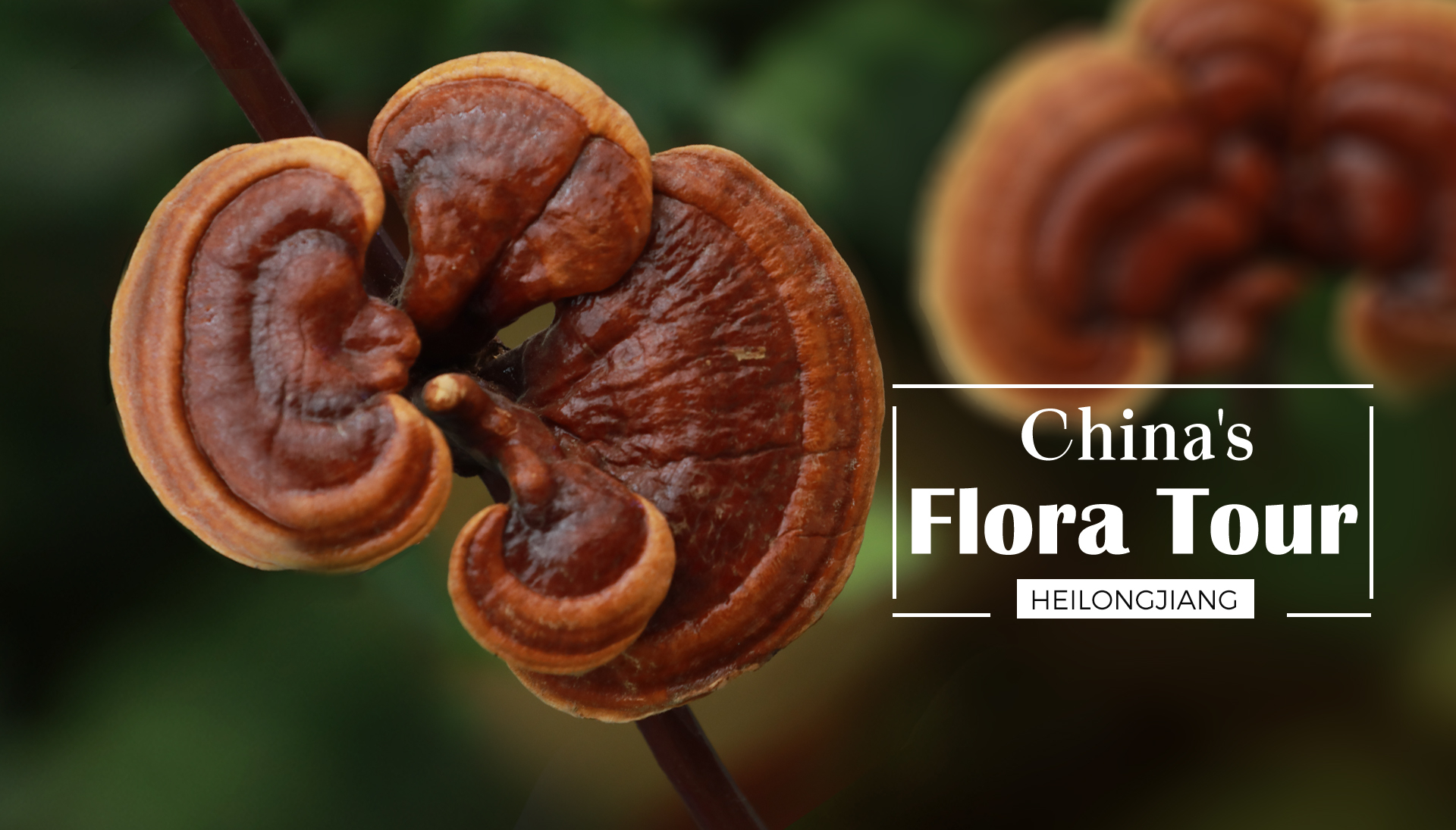00:27

A glance through the short video would probably make you wonder, what is so special about this "fake plant"? The rubbery appearance of this plant gives people the illusion that it is a cheap plastic knock-off of a mushroom. If you walk away thinking like that, then you are missing out on one of the most precious Chinese plants — the Lingzhi mushroom.
Lingzhi has been revered as the "elixir for life" in China and many other east Asian cultures since ancient times. For that reason, Lingzhi still has high economic value today. Some of the best wild Lingzhi are sold for more than 500 U.S. dollars per kilogram.

Close up of Lingzhi mushrooms. /CGTN Photo
Close up of Lingzhi mushrooms. /CGTN Photo
Lingzhi mushroom belongs to the genus Ganoderma and is a fungi species native to the dim and humid forests in China. It grows at the base and stumps of deciduous trees, extracting nutrition from them to survive. It is extremely rare to find wild Lingzhi, because it requires a delicate balance of light, moisture, and temperature. Usually, only a few out of 10,000 trees will have Lingzhi growing on them.
When not fully grown, the Lingzhi mushroom has a yellowish-white edge. The pale color fades away as Lingzhi matures, and spores are released via fine pores on its underside.
Nowadays, artificial cultivation of Lingzhi mushroom is highly developed. It can be grown on sawdust or hardwood logs.

Lingzhi mushrooms likes dim and humid environment. /CGTN Photo
Lingzhi mushrooms likes dim and humid environment. /CGTN Photo
Lingzhi mushroom was formerly known as Ganoderma lucidum, a scientific name that included several different species of Ganoderma fungi. In 2012, scientists identified Lingzhi as a separate species and named it Ganoderma lingzhi.
China's Flora Tour
From the wetlands along the coast to the dense rainforests hidden in the southwest of China, all boast an array of plant species. In this series, CGTN will go on a tour to learn about some of the most iconic flora in different provinces and see how they live in harmony with the local climate and topography.
(All photos by CGTN.)
(If you want to contribute and have specific expertise, please contact us at nature@cgtn.com)